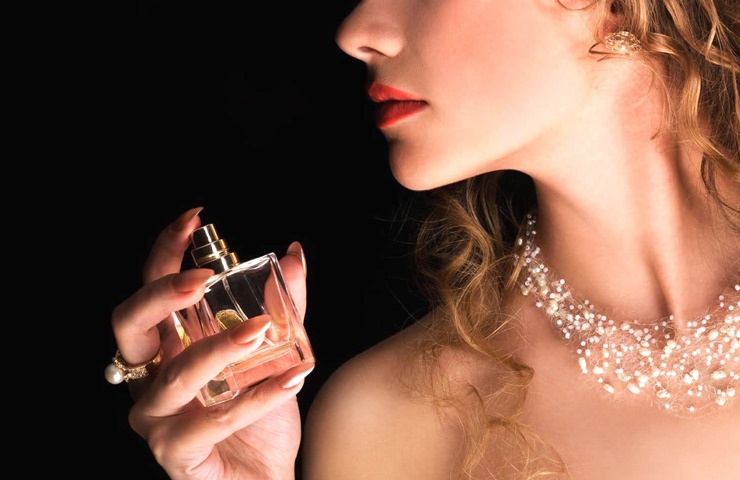The Myth of Gendered Fragrance
October 23, 2023 2024-01-09 9:25The Myth of Gendered Fragrance
Fragrances and gender are frequently associated due to our childhood experiences and recollections. Since our sense of scent is the most effective sense for recalling memories, scents and thoughts go hand in hand. Our parents wore a scent that we can still smell. We still recall the scent that our initial crush wore. This influences our perception of a fragrance’s association with femininity or masculinity.
It may surprise you to learn that perfumers do not design scents with specific genders in mind. Originally, the craft of fragrance was genderless. Scents were produced by perfumers with the intention of creating a scent. Not to create a “Mens” or “Womens” smell precisely.
Upper class fragrance
Natural fragrances were worn by the upper class during the Middle Ages without regard to “gendered” smell families.In the late 19th century, the concept of masculine and feminine scents first emerged as a marketing gimmick. This happened during the beginning of the Gilded Era. During this period of rapid economic expansion, a wide range of goods that had previously been beyond of reach for most people suddenly became available. This implied that the middle and lower sections of society could now afford the luxury of fragrance.
There was a concurrent change in emphasis during this time of significant economic expansion towards what are now recognised as conventional gender positions in the typical home. As a result, the initial focus of mass perfumery marketing was on how these smells were gendered differently. Men’s colognes were typically packed in sleeker, darker bottles, while women’s scents were frequently wrapped with floral designs or even coloured such that the perfume itself was a soft pink. These marketing tactics strictly emphasised fragrances that were associated with particular genders, even down to the product packaging.
This contributed to the social stereotypes that are still connected to fragrance.The current fine fragrance market still uses the outdated classifications from the past, which said that musky, spicy aromas are for men while fruity, floral, and sweet scents are for women.
Have you noticed that this identical marketing strategy isn’t used in many other fragrance categories?
Candles, laundry, and hand soaps, for instance, are not classified as masculine or feminine. Men proudly display products with fruity or floral scents on their shelves, and many females’ own items that fall into the category of fragrances that are associated with men. Do the smell families of our perfumes and bathroom/home items differ in any way? Absolutely not! Anyone can fall in love with fragrance! Personal expression relies heavily on fragrance, and it shouldn’t be restricted by outdated gender stereotypes.
Similar to how a painter utilises a variety of colours to finish a beautiful painting, a complex and well-rounded fragrance will have many various notes for an overall lovely character. Boys and females are linked with different colours. But that doesn’t matter when you are painting. To make everything come together and finish the overall effect, a wide variety of colours are required. The same holds true for scent. Conventionally specified notes combine to produce the intended outcome.






